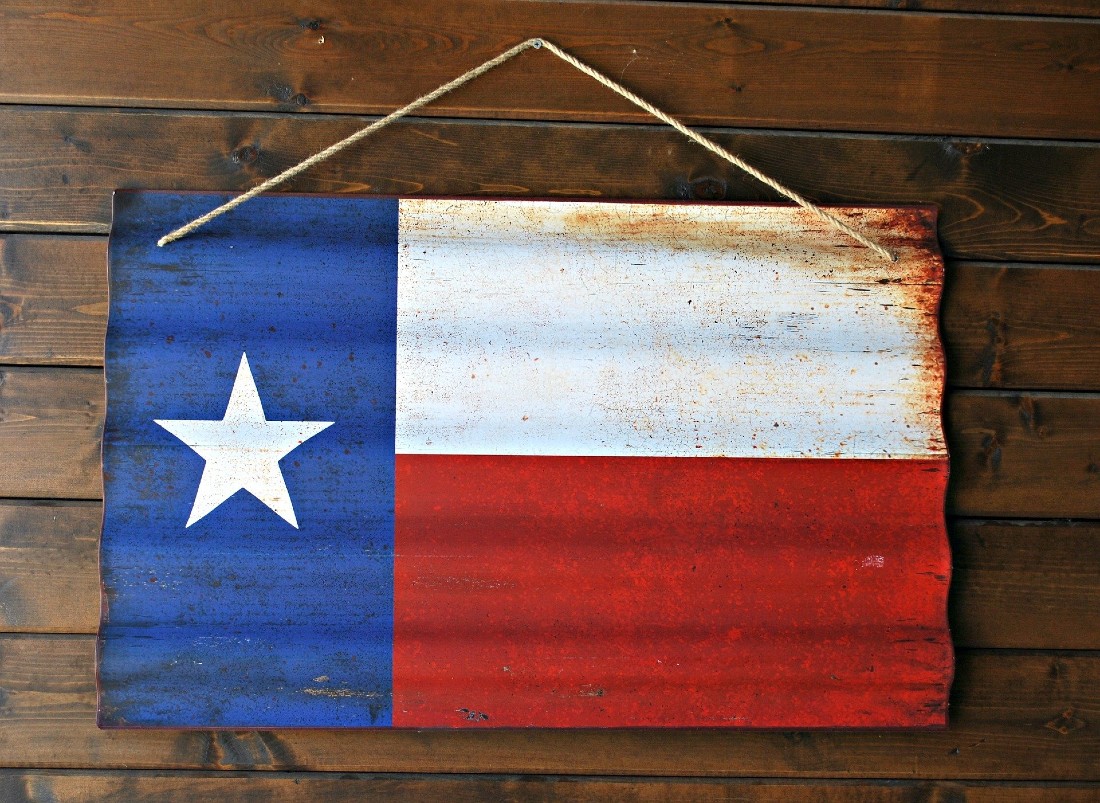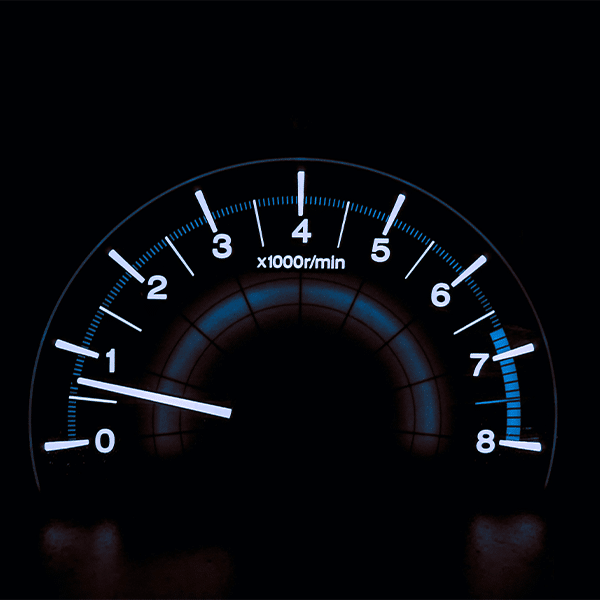Charter celebrated the $1.3 billion that the company is investing in rural areas of Texas late last week.
The announcement was part of an event at Texas State Technical College.
Seven hundred million dollars of the money that Charter is investing is for network upgrades for which Charter will cover full costs.
The remaining Charter investment ($420 million) will cover some of the costs of fiber deployments that will cost a total of $620 million, with the remaining $200 million covered, in large part, by funding that was part of over $1 billion that the company won in the RDOF rural broadband funding program in 2020. In addition, some of the $200 million will come through public-private partnerships with counties and cities.
Charter Network Evolution
It’s important to note that the $700 million that Charter will invest in its existing network is part of the company’s network evolution plans, which call for upgrading the company’s entire DOCSIS/ hybrid fiber coax footprint by 2025 to support symmetrical and multi-gigabit speeds.
Charter announced its network evolution plans last year at this time. Those plans call for a three-phase rollout.
Phase 1, which the company undertook this year, involves moving to a high-split approach that dedicates more spectrum within the coax portion of the HFC network to the upstream path, enabling the company to increase upstream speeds, which have been a concern for cablecos as telcos roll out fiber broadband. The company plans to offer speeds of 2 Gbps downstream and 1 Gbps upstream over that infrastructure.
The second phase, targeted for next year, will involve deploying a distributed access architecture (DAA), along with DOCSIS 4.0 and high splits to support speeds of 5/1 Gbps.
The third phase, targeted for 2025, involves the same upgrades as for the second phase. In addition, phase three plans call for increasing the spectrum within the coax portion of the link to 1.8 GHz. The company plans to offer 10/1 Gbps service over that network.
As the company deploys DAA, it will also be setting the stage for fiber-on-demand, because Charter will be able to easily add a fiber drop from the DAA neighborhood node to customers that need fiber broadband.
The company didn’t detail whether the upgrades planned for Texas would be part of any certain phase or phases of the network evolution plans.
Charter hinted, though, that it might invest more in Texas, in connection with additional subsidies that are allocated for broadband expansion in the state.
“There are additional subsidies allocated for rural broadband expansion in Texas, and Charter looks forward to the opportunity for significant additional investment to bridge the digital divide in the Lone Star State,” said Charter in its announcement.
It’s likely that Charter applications were among the ones that Texas received for its BOOT rural broadband funding program. The state received applications requesting a total of $180 million but only has a budget of $120 million available for the program.


